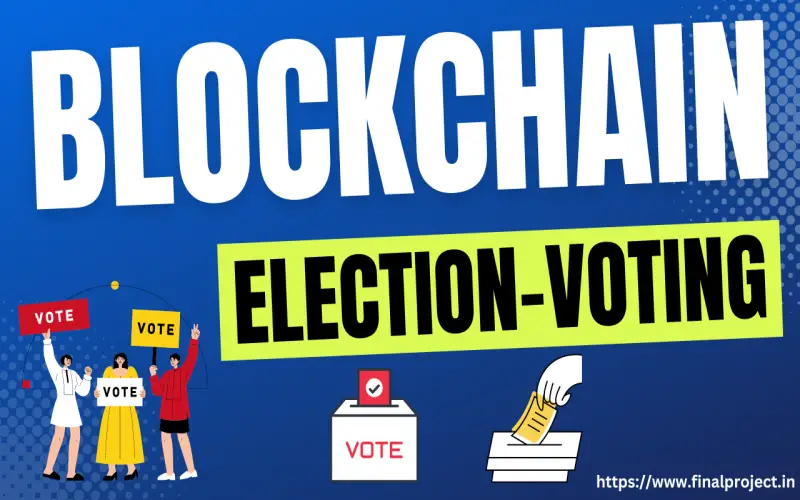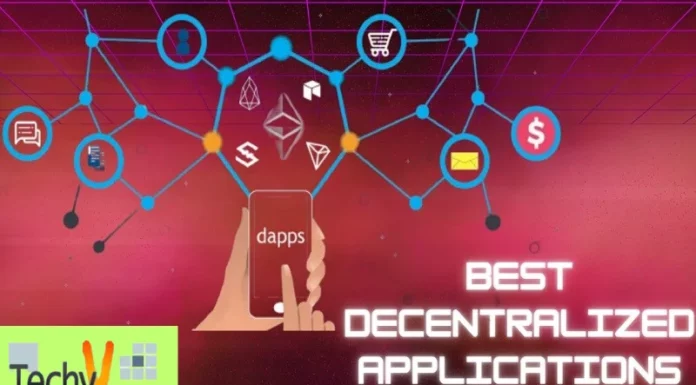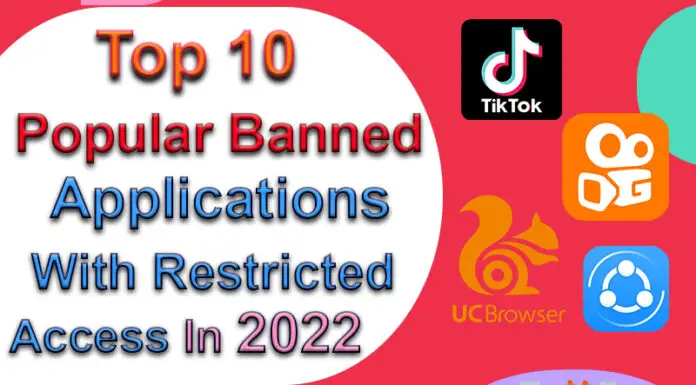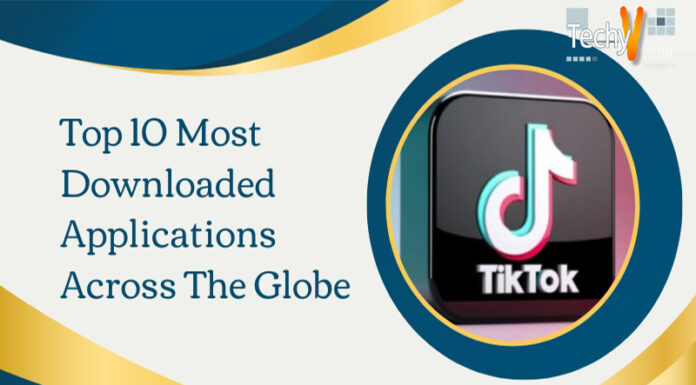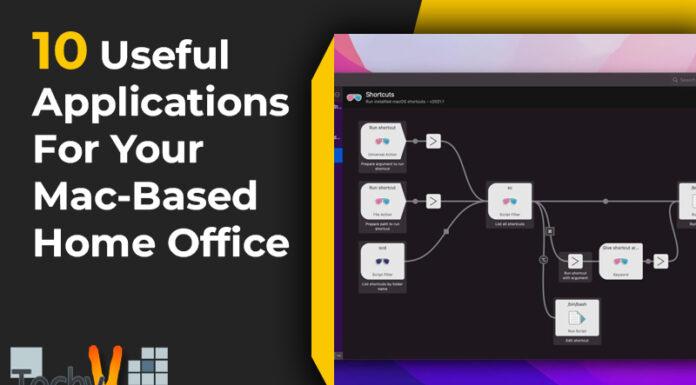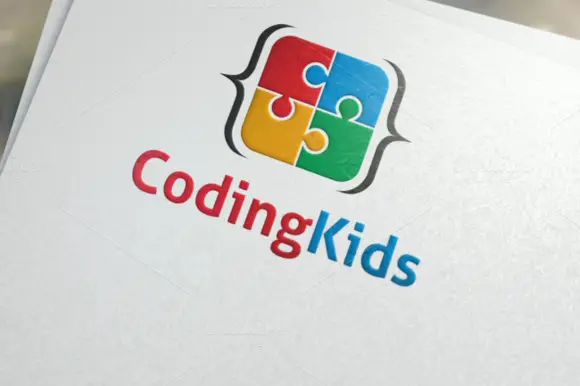Blockchain technology warrants consideration for enabling transparent and tamper-proof voting systems. Its unique capabilities to immutably record transactions and execute smart contracts in a decentralized network across parties who need not trust one another makes blockchain remarkably fitting for election infrastructure. As voter concerns over election security and transparency escalate, blockchain projects focused on e-voting are emerging to demonstrate the viability of such systems.
I outline 10 such pioneering blockchain voting projects as part of this analysis. The projects encompassed offer electronic voting schemes and tools for aspects ranging from voter registration and authentication to the ballot casting process and election auditing. Assessing their capabilities necessitates evaluating factors like voting protocol type, consensus mechanism, transaction speed, Node infrastructure, use of cryptography and smart contracts, susceptibility to various attack vectors, and feasibility for adoption across different election scenarios.
While most projects focus on national or organizational-level voting, a few target transparency in shareholder voting and community governance polls. Analysis additionally considers how they address voter privacy, eligibility, vote selling, and coercion threats. I also assess the merits and limitations of the blockchain framework itself for voting systems. As DBAs and election officials need to understand the landscape of available solutions, I provide a comparative analysis across projects through the subsequent sections.
1. Hello, World!
The Hello, World! project from Voatz represents one of the earliest attempts at blockchain-based mobile voting. Launched in 2018 through a pilot across West Virginia, Voatz leverages biometrics for voter identification and targets accessibility via feature phones for deployment at scale across insecure environments. Its architecture incorporates both public and private Blockchains to balance transparency needs with data privacy. Hello, World! offers a basic direct-recording electronic voting interface yet warrants security enhancements for scalability.

2. Simple Storage
An early stage decentralized application for shareholder voting, Simple Storage employs the Ethereum blockchain to immutably store voting data. Its smart contracts automate vote collection and tabulation while restricting access to authorized voters only. Simple Storage’s transparency capabilities hence enable auditability around shareholder resolutions. As a basic implementation, however, factors like susceptibility to Sybil attacks and lack of voter privacy require additional security mechanisms before full-fledged deployment.

3. Multi-Send
The Multi-Send framework incorporates multiple blockchain stacks for specific voting functions. It separates voter registration from the actual ballot casting by utilizing an Ethereum-based system for identity management which allows only authorized voters to access the offline Bitcoin network to cast votes. The hybrid model prevents double spending while retaining aspects of secrecy and fairness. Yet consensus building across such a bifurcated workflow carries overhead.
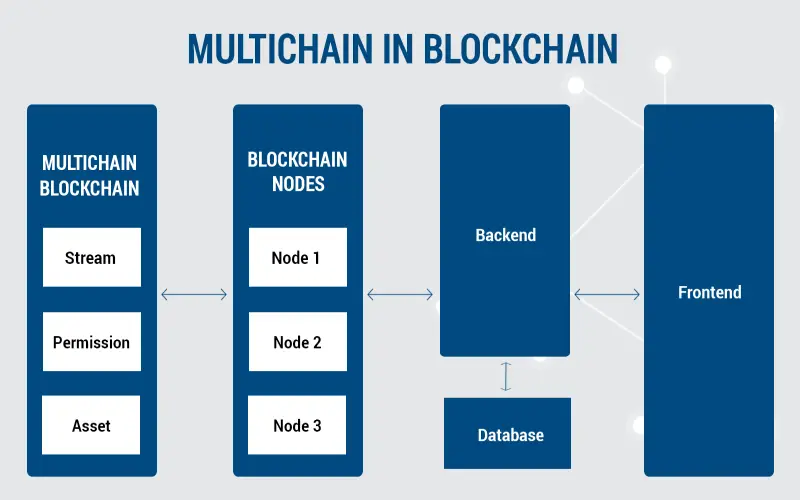
4. Ether Wallet
Acting as an electronic ballot box, Ether Wallet leverages the security of the Ethereum blockchain to let voters digitally cast votes which get permanently recorded on the chain. Randomized encryption protects voter anonymity while date-time stamps mark ballot validity periods. Its cryptographic mechanisms also facilitate decentralized consensus building towards election outcomes. However, factors like storage overhead and slower transaction speeds as adoption scales necessitate optimization.

5. Polling System
This contract logs submissions on-chain with automated result calculations using Merkle proofs. Encryption protects each vote yet public verifiability allows citizens and media to audit the election independently. Additionally, IPFS integration furnishes resilience against denial-of-service attacks. However, the current version lacks identity verification so Sybil attacks remain possible without a separate registration component. This polling system suits boardroom elections already restricting participation through credentialed access. District trials should couple it with authentication schemes before considering large-scale adoption.
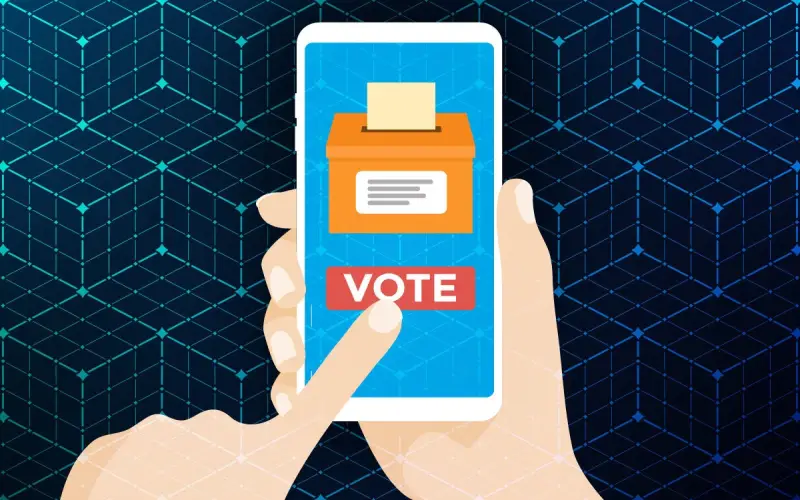
6. BlockChainVoting
This pioneering project constitutes one of the earliest attempts at an end-to-end verifiable blockchain voting system compatible with real-world demands. By demonstrating identity registration, voter authentication, and results calculation atop a custom-built blockchain, BlockChainVoting signifies a growing grasp of the multifaceted challenges involved. Considerations spanning transparency guarantees, operational scale, and voter privacy pose complex engineering problems – but in outlining models for blockchain-rooted voter roll management, automated results aggregation, and vote tracing for fraud detection, the project fuels accelerating domain maturity.

7. Final-Year Blockchain Voting System
Implementing a functional voting system as their capstone project, a group of undergraduate students built holistic architecture with several crucial real-world voting requisites maintained end-to-end. Their decentralized design incorporates identity registration, public/private key encryption for voter authentication, vote records permanently and immutably captured on a permissioned Hyperledger Fabric blockchain, and vote tallying rules programmatically automated via smart contracts for transparency. By aligning such vital facets with properties of blockchain technology, the project reinforces learning into architecting voting systems resistant to both external as well internal interference across essential pipelines – from voter eligibility to results display.
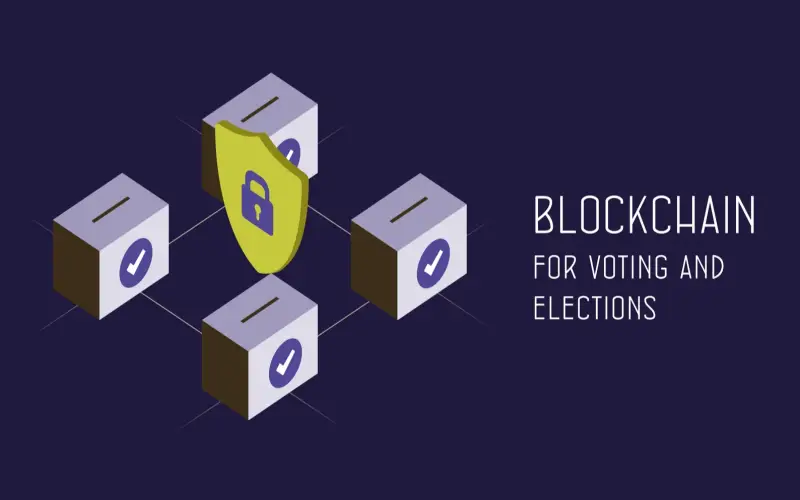
8. HyperledgerFabric-Voting
Built on IBM’s enterprise-grade Hyperledger Fabric framework, HyperledgerFabric-Voting deploys a modular and versatile blockchain voting system aligned to rigorous industry reliability standards. It harnesses Fabric’s versatile identity management support for transparent yet anonymous voter authentication, coupled with access control layers to realize essential entities like election officials, voters, and auditors – each with appropriate system access managed on-chain. The use of efficient consensus mechanisms like Kafka also enables vote processing at public sector scales otherwise challenging on public blockchains. By harnessing the capabilities of enterprise software, the project signifies decentralized voting solutions crossing academia into mainstream government adoption.

9. evoting
A research initiative from Geneva exploring Ethereum blockchain’s applications for internet voting, voting builds a scalable architecture by partitioning operations across multiple smart contract types and sharding vote data to optimize batch processing. The logic separation between ancillary functions and vote transaction processing warrants efficiency gains that help address typical throughput constraints of public blockchains. Complimented by administrative and voter client interfaces, voting constitutes a pioneering academic effort to ascertain the viability of Ethereum-based online voting resilient to faults or manipulation.
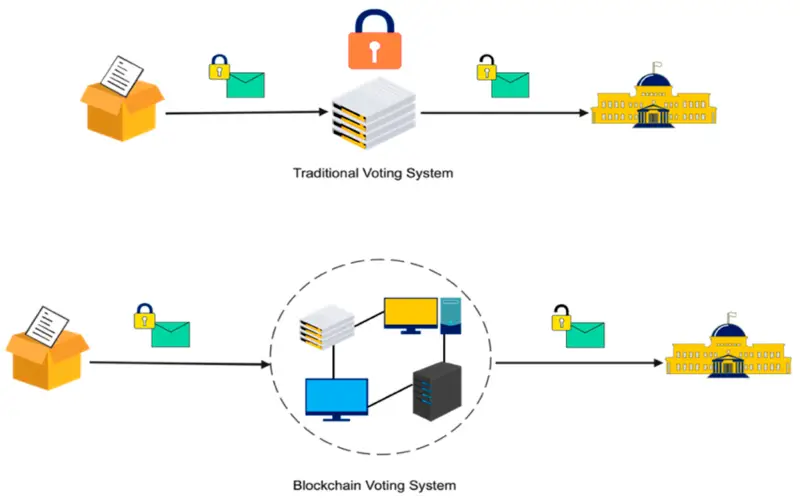
10. Blockchain-Based e-Voting System” From Springer
This seminal research paper proposes an integrated architecture for blockchain-based electronic voting tailored to developing countries through a novel fusion of biometric voter identification, two-factor mobile authentication, and decentralized results aggregation to warrant transparency guarantees across essential pipelines. By aligning these facets with a permissioned blockchain’s versatile capabilities, the proposed system intends to deliver end-to-end verifiability resisting internal or external interference while retaining voter privacy and minimizing trust in third parties.
